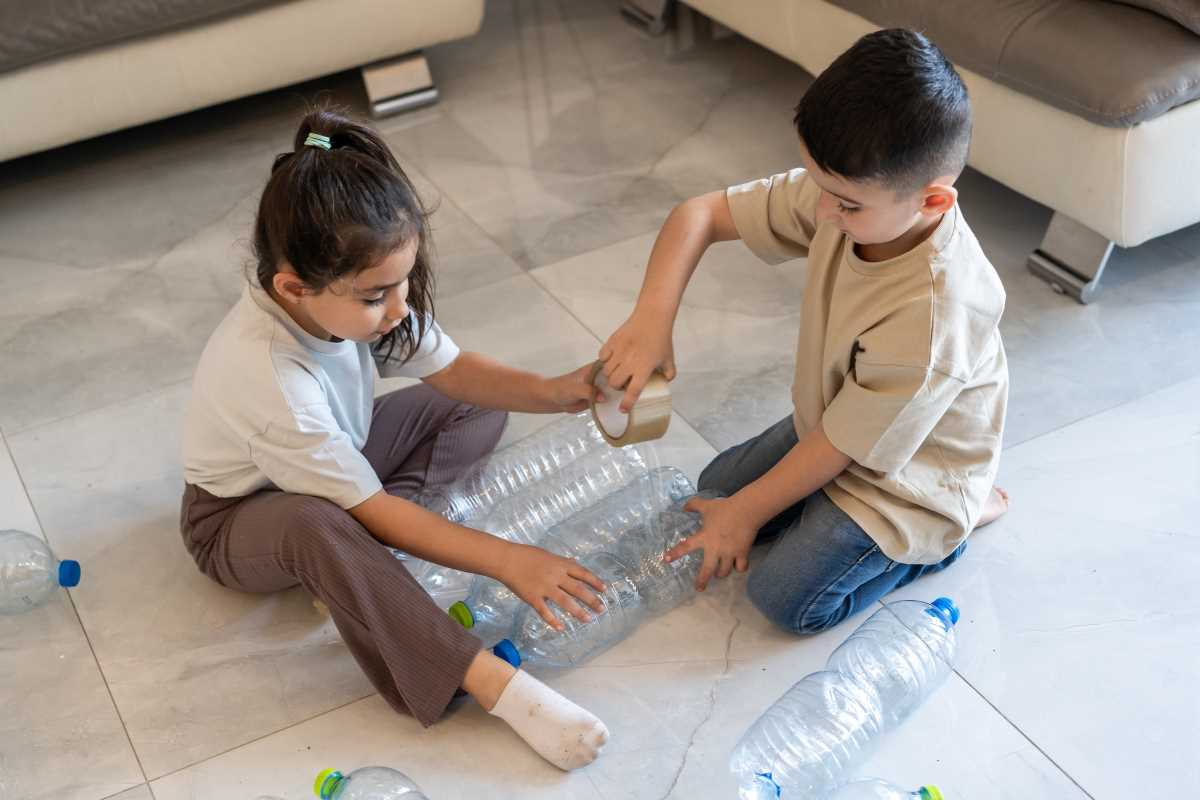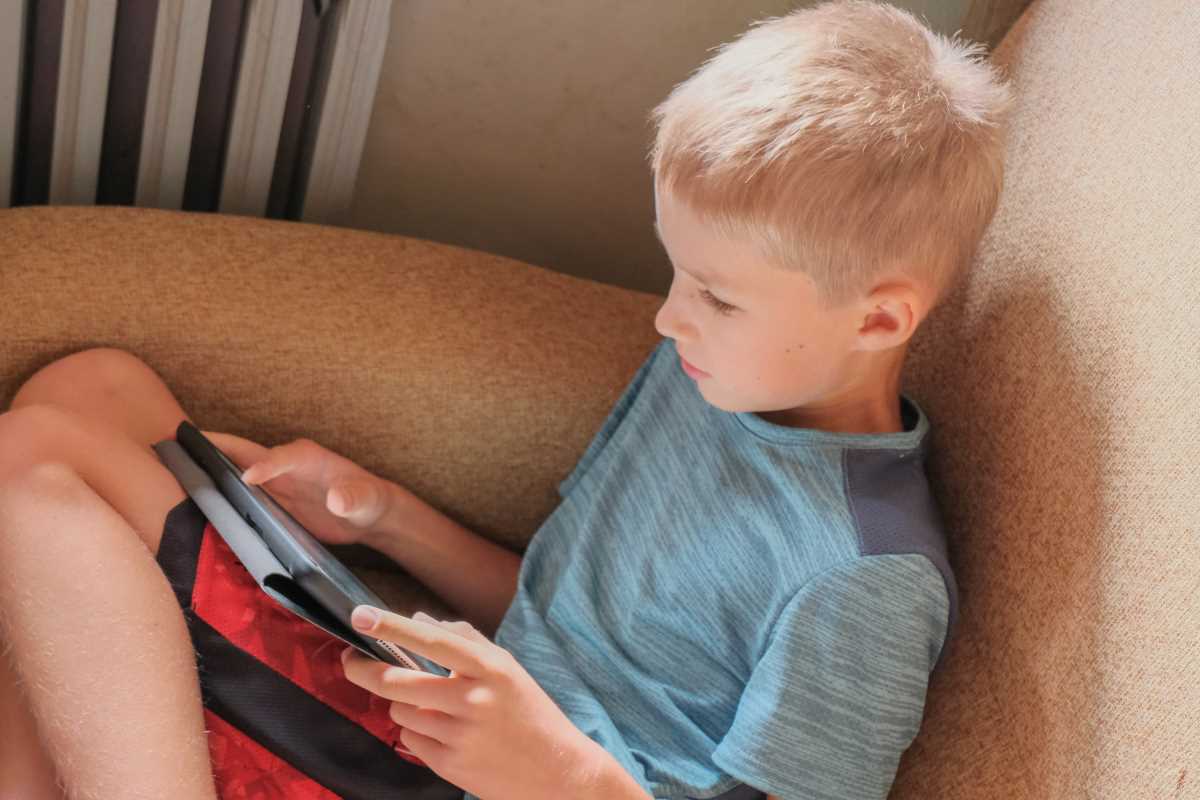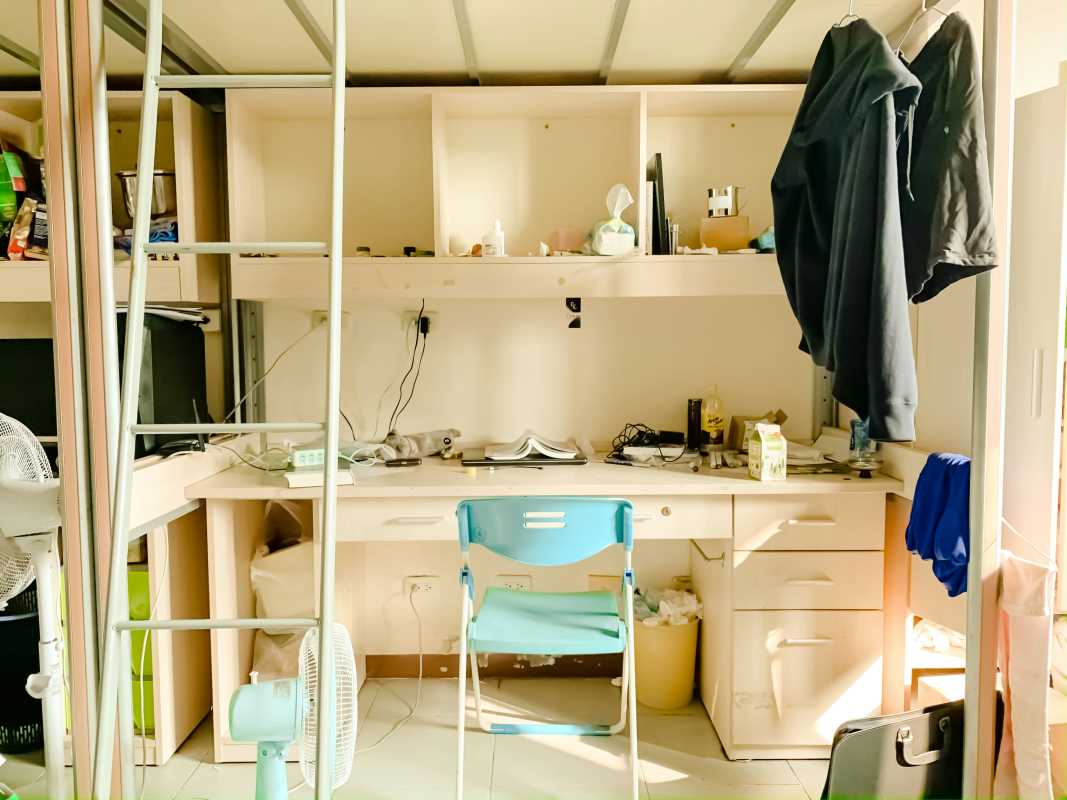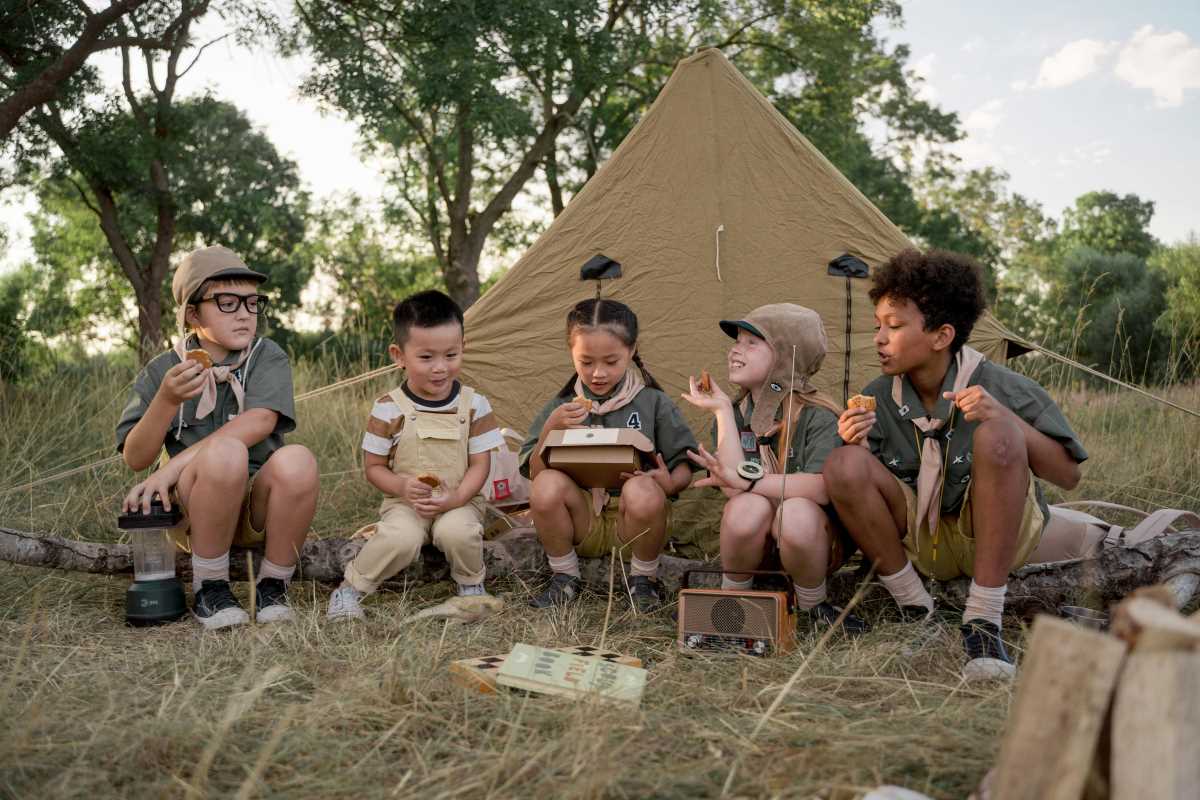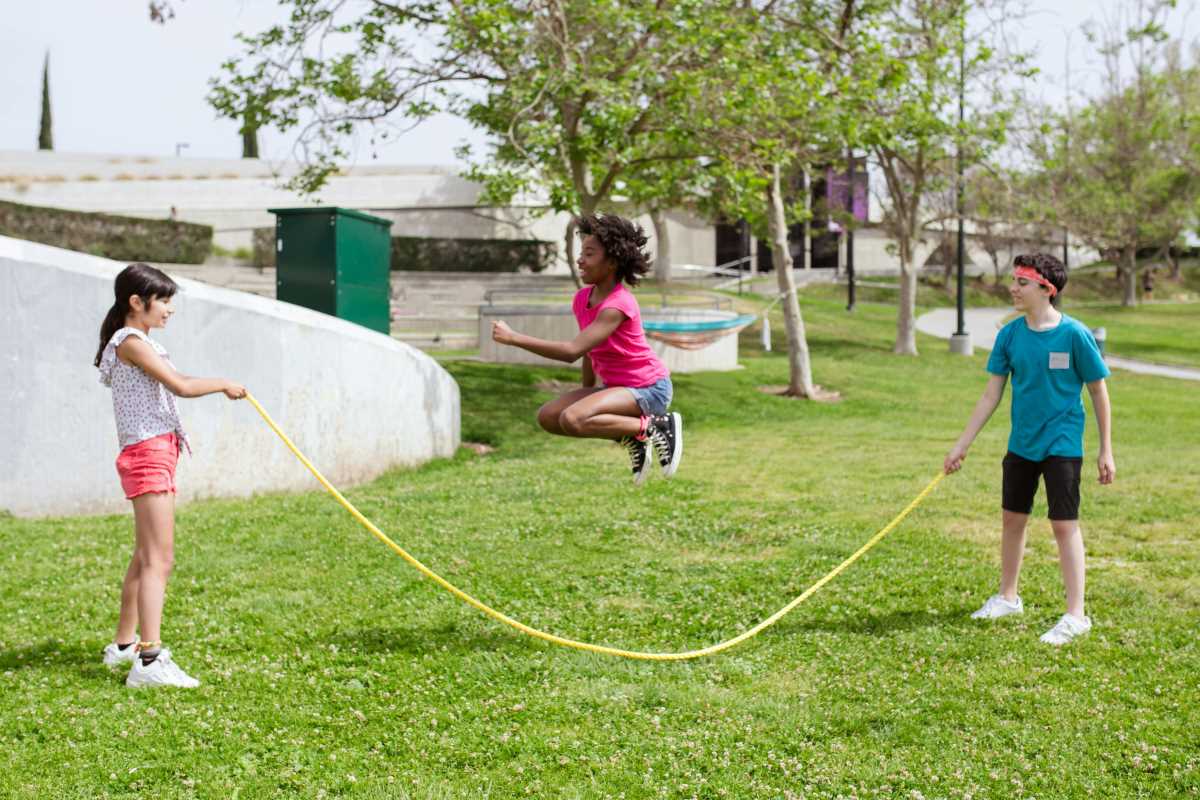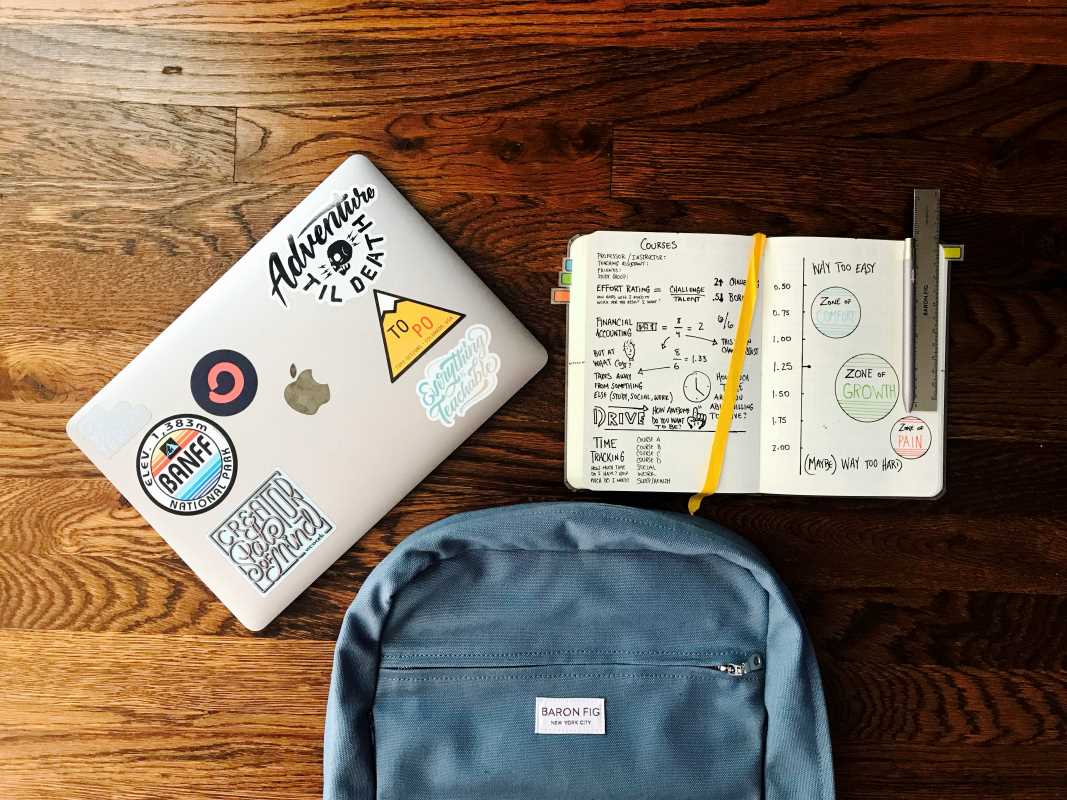Starting school is a big step for toddlers and their families. For your little one, it means leaving the comfort of home to explore an exciting but unfamiliar environment. For you, it’s about supporting their growth while managing your own worries. Preparing your toddler for this milestone helps set the foundation for a lifetime of learning, confidence, and independence.
Every child is different, so their readiness will vary, but with patience and a proactive approach, you can make this transition smooth and positive. Here’s a comprehensive guide to help your toddler thrive as they step into this new chapter.
Understanding School Readiness
School readiness isn’t just about knowing colors or counting to ten. It involves developing social, emotional, physical, and cognitive skills that equip children to engage with the classroom environment. This balance of abilities helps children:
- Build relationships with teachers and peers.
- Follow instructions and routines.
- Approach new challenges with confidence and curiosity.
Knowing what makes your child feel secure and confident will enable you to focus on areas where they need the most support. From social skills to physical coordination, every small preparation contributes to a brighter, happier start to school life.
Building Social and Emotional Skills
1. Encourage Independence
Developing independence is key to helping your child feel capable in their school environment.
- Practice daily routines: Turn tasks like putting on shoes, hanging up coats, or washing hands into fun and empowering moments. For example, create a “morning superhero checklist” where they tick off tasks like brushing teeth or zipping their jacket.
- Foster decision-making: Offer your child small choices. For example, “Would you like bananas or grapes for snack time?” or “This red shirt or the blue one?” These moments give them a sense of control and build confidence.
2. Support Emotional Expression
Starting school can bring feelings of excitement, nervousness, or even fear. Help your child understand and express their emotions so they feel prepared to face these changes.
- Talk about feelings: Use day-to-day situations to normalize emotional expression. If they’re upset about losing a toy, you might say, “I see that you’re feeling frustrated. That’s okay. How can we solve this together?”
- Storytime with a twist: Books about starting school, like “The Kissing Hand” by Audrey Penn, are a great way to initiate conversations. Discuss the characters’ feelings and relate them to your child’s experience.
3. Foster Sharing and Collaboration
Preschool and kindergarten often require group activities that involve sharing and taking turns. You can prepare your child by creating opportunities for social play.
- Playdates with purpose: Arrange meetups with other children to help your toddler practice interacting with peers. Slowly introduce games where they need to share toys or wait their turn, such as building blocks or board games.
- Interactive games: Family games like “Memory” or “Go Fish” teach patience and collaboration while being fun for everyone involved.
Developing Language and Communication
A strong foundation in language helps your child express themselves, understand instructions, and connect with their peers. From simple conversations to interactive games, there are plenty of ways to boost their communication skills.
1. Read Together Every Day
Reading not only expands vocabulary but also strengthens listening and comprehension skills.
- Choose engaging books: Age-appropriate books like “Brown Bear, Brown Bear, What Do You See?” by Bill Martin Jr. make learning enjoyable. The repetition helps memory, and the colorful pages keep kids engaged.
- Interactive storytelling: Don’t just read; ask questions like, “What do you think will happen next?” or “Why does the dog look so happy?” This encourages your child to think critically and share their thoughts.
2. Encourage Conversation
Children learn language through conversation, so give them plenty of opportunities to talk.
- Chat about daily life: Discuss simple topics during meals or car rides. You could say, “What was the best part of your day?” or “Can you name some things that are green?”
- Introduce new words: Label items or actions during playtime, such as saying, “Look, you’re stacking the tall blocks!” or “You’re pouring the water slowly.”
Cultivating Fine and Gross Motor Skills
Physical readiness is as important as emotional and social preparedness. Practice activities that build both fine motor skills (used for writing and drawing) and gross motor skills (needed for balance and coordination).
1. Practice With Tools
Introduce fun ways to strengthen their hands and fingers, which will later help with holding pencils and using scissors.
- Get creative: Use crayons, markers, playdough, and stickers. Ask your child to draw their favorite animal or create their name with clay.
- DIY projects: Craft sessions with safety scissors and glue improve hand-eye coordination. For example, help them cut different shapes and assemble a “school countdown” calendar.
2. Enhance Coordination
Gross motor skills help kids participate in activities like running, jumping, or carrying their backpacks.
- Obstacle courses: Set up a playful mini-course where they hop, crawl, and climb. This builds flexibility and strengthens large muscle groups.
- Nature exercises: Play “Tree Tag” in the park, where they run and touch trees to escape being tagged. Simple, high-energy games like these prepare your child for physical schoolyard fun.
Promoting Cognitive Skills
Cognitive abilities like problem-solving and critical thinking provide a vital foundation for learning. Engage your child with activities that challenge their minds while sparking curiosity.
1. Build Early Math Understanding
Introduce simple math concepts through everyday activities.
- Count together: Whether it’s apples in a bowl or steps on the staircase, counting out loud helps children understand numbers.
- Sorting and patterns: Use colorful objects like Legos or socks to teach sorting by color or size. Encourage them to create patterns, such as “red-blue-red-blue.”
2. Spark Curiosity
Help your child see the world as a place full of questions and discoveries.
- Explore the outdoors: Go on “treasure hunts” in the backyard or park. Challenge them to find items like “something green” or “a smooth rock,” then discuss their findings.
- Why, why, why?: Encourage their natural curiosity by responding thoughtfully to “why” questions. You could explain how flowers grow or why birds build nests.
Introducing School Routines
The structure of school may feel unfamiliar to your toddler, but practicing routines at home can make the adjustment easier.
1. Create a Regular Schedule
Develop a predictable daily routine that mirrors a school day.
- Consistent mealtimes: Serve breakfast or snacks at the same times they’ll eat at school.
- Bedtime rituals: Establish consistent sleep schedules. Toddlers thrive on routine, so a good night's sleep before their first day is essential.
2. Familiarize Them With the School Environment
Getting to know the school beforehand can reduce first-day jitters.
- Visit the grounds: Take a walk around the school and point out the playground, classrooms, or cafeteria.
- Orientation events: Attend meet-and-greets with teachers to help your toddler feel comfortable with the new faces they'll encounter.
3. Practice Short Separations
Gradual goodbyes help ease separation anxiety.
- Start small: Leave your child with a babysitter or relative for short stretches and reassure them you’ll return soon.
- Be consistent: Develop a goodbye ritual, such as a hug followed by “See you soon!” This consistency helps them build trust that you’ll come back.
Setting Realistic Expectations
Every child adjusts at their own pace. It’s normal for some to bound excitedly into the classroom while others need reassurance.
- Celebrate progress: Cheer for small wins like remembering their backpack or saying goodbye without tears.
- Be patient with setbacks: If your child struggles some days, remind them (and yourself) that it’s okay.
Besides supporting your child’s readiness, take care of your emotions too. Share experiences with other parents, practice mindfulness, or revisit your reasons for wanting the best for your toddler.
When to Seek Extra Support
If your child shows ongoing distress about school or has trouble with developmental milestones (such as language skills or social interaction), reach out to a professional. Your pediatrician or an early childhood educator can provide helpful advice and resources.
Your child’s first day of school marks the beginning of a new adventure full of opportunities to grow, play, and learn. By focusing on independence, communication, and confidence, you’re giving them the tools they need to thrive. Remember, every small step matters, and your encouragement will help them feel ready to tackle their exciting new world.
If you’d like more support, explore school-readiness checklists or connect with local education specialists who can offer personalized advice. Together, you and your toddler can make their first school days as enjoyable as possible!
